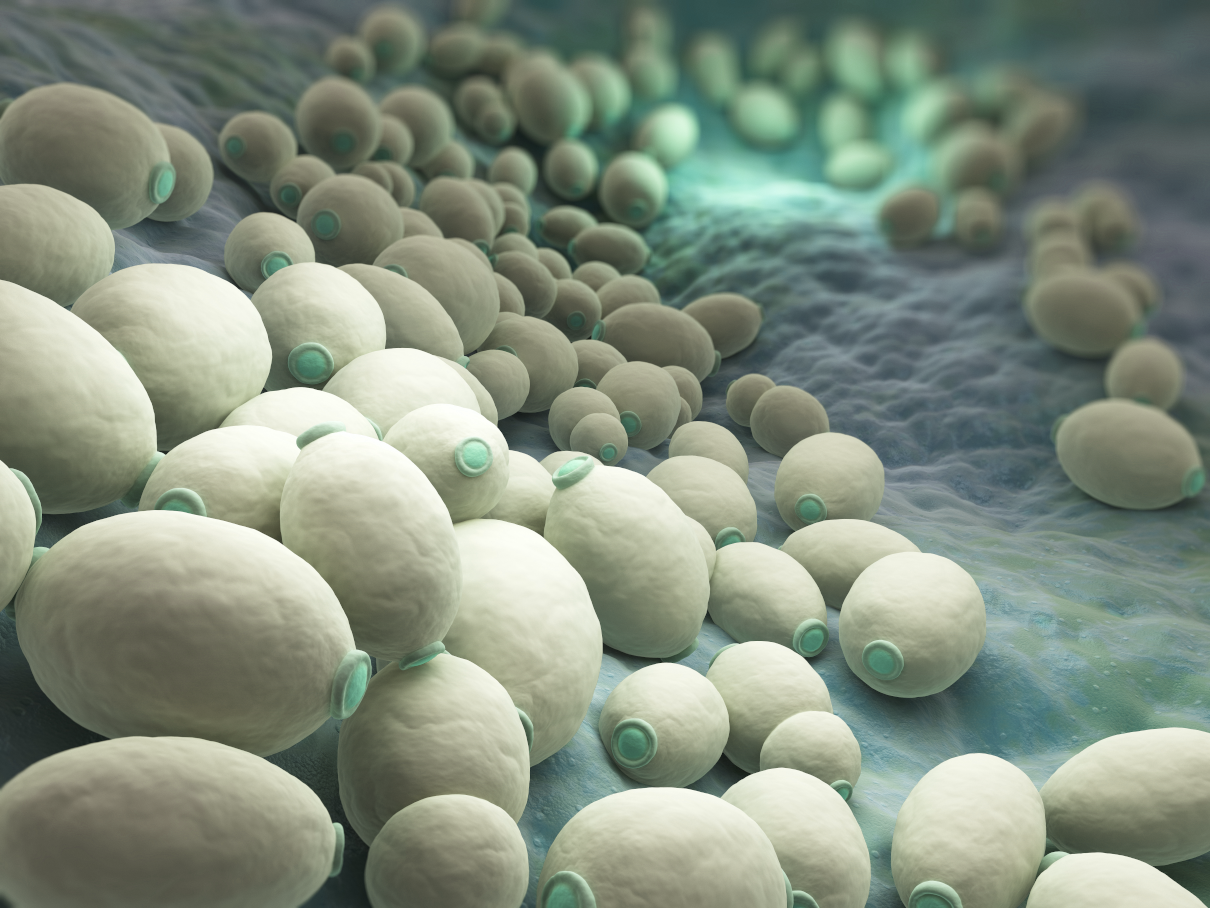
The stomach enlarges the alimentary tract located inferior to the diaphragm. It is a J-shaped organ, and we divide it into four regions:
- The cardia is the immediate region surrounding the cardiac sphincter.
- The fundus is the bulbous portion to the left and superior to the cardia.
- The body is the lower central portion of the stomach.
- The pylorus is the region adjacent to the pyloric valve, which separates the stomach from the small intestine. The outer border of the J-shape is referred to as the greater curvature, and the inner wall is the lesser curvature.
The stomach serves as a food reservoir, a site for mechanical and chemical digestion, and an absorption site for alcohol, water, and some salts. Each day, the stomach secretes two to three litres of gastric juices (water, salts, mucins, HCl, pepsin, rennin, and perhaps gastric lipase). Secretions arise from gastric glands located in the stomach’s mucosal layer. Their chief cells secrete pepsin and rennin. Meanwhile, parietal cells produce HCl. And mucous cells secrete mucin.

Anti parasitic colonic hydrotherapy with bicarbonate of soda
Parkland Natural Health offers colon hydrotherapy with an anti-parasitic implant and bicarbonate of soda as an anti-candida agent. It includes comprehensive consultation.
Forms
Pepsin is the major stomach enzyme. It is responsible for reducing proteins to proteoses and peptones. It is secreted in an inactive form, pepsinogen, and is activated in the presence of HCl. Rennin acts on the milk protein casein and has a curdling effect on the milk. Infants’ stomachs have a much higher concentration of this enzyme than adults’ stomachs. Rennin is present in adults but not in vast amounts.
Gastric lipase, as the name suggests, is found in the stomach, but no evidence is present, which indicates that it is produced there. Concentrations of it are deficient. So, it may arrive via the pyloric sphincter from the small intestine. In any event, it can only break down fats into triglycerides. Mucins are secretions from the pyloric mucosa that combine with water to form mucus. It creates a protective barrier against enzymes on the stomach’s inner lining.

Anti-candida Mini Detox – three colonics with bicarbonate of soda
The Anti-candida mini detox involves a concentrated series of three colonics infused with bicarbonate of soda, ideally scheduled once weekly. This regimen serves as a potent initiation into a detoxifying cleansing routine, setting the pace for rejuvenation.
Stomach and intestine
Enzymatic secretions are under nervous and hormonal control. Food’s sight, smell, and taste also initiate gastric secretions via vagal nerve stimulation (= Cephalic Phase). Undigested food in the stomach triggers gastric secretions and muscular contractions (= Gastric Phase).
When food enters the stomach, the pyloric mucosa releases gastrin, a hormone, into the blood. This hormone initiates the muscular contractions and secretions mentioned above. As the final mass of partially digested food (i.e., usually undigested fats) passes from the stomach to the intestine, the intestine produces a hormone, enterogastrone, which inhibits gastric movements and secretions (= Intestinal Phase).
The stomach acidity (pH = 1.0) is due to a high concentration of HCl. Hydrochloric acid activates pepsinogen, curds milk, plays a minor role in protein digestion (i.e., swells and softens protein), and kills almost all bacteria in the food bolus obtained from the oesophagus.

Colonic irrigation with a liver/gall bladder stimulating herbal implant
We offer colon hydrotherapy with gas removal, stimulation of the liver and gallbladder, and soothing and relaxing herbal implants. The appointment also includes a comprehensive consultation.











